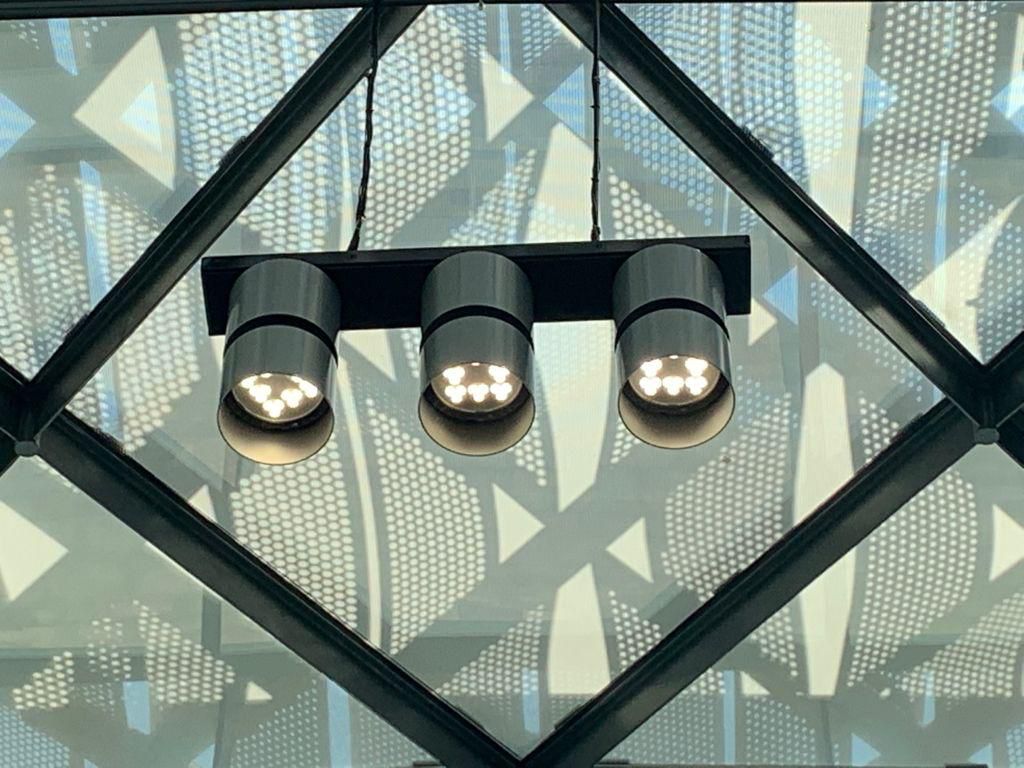Re-lighting The Galleria Al Maryah Island
It has been established that Natural Lighting is important in architecture and can even be said to be a design element of its own. But how do you light up a large space with a huge influx of daylight?
Natural light VS Artificial Light
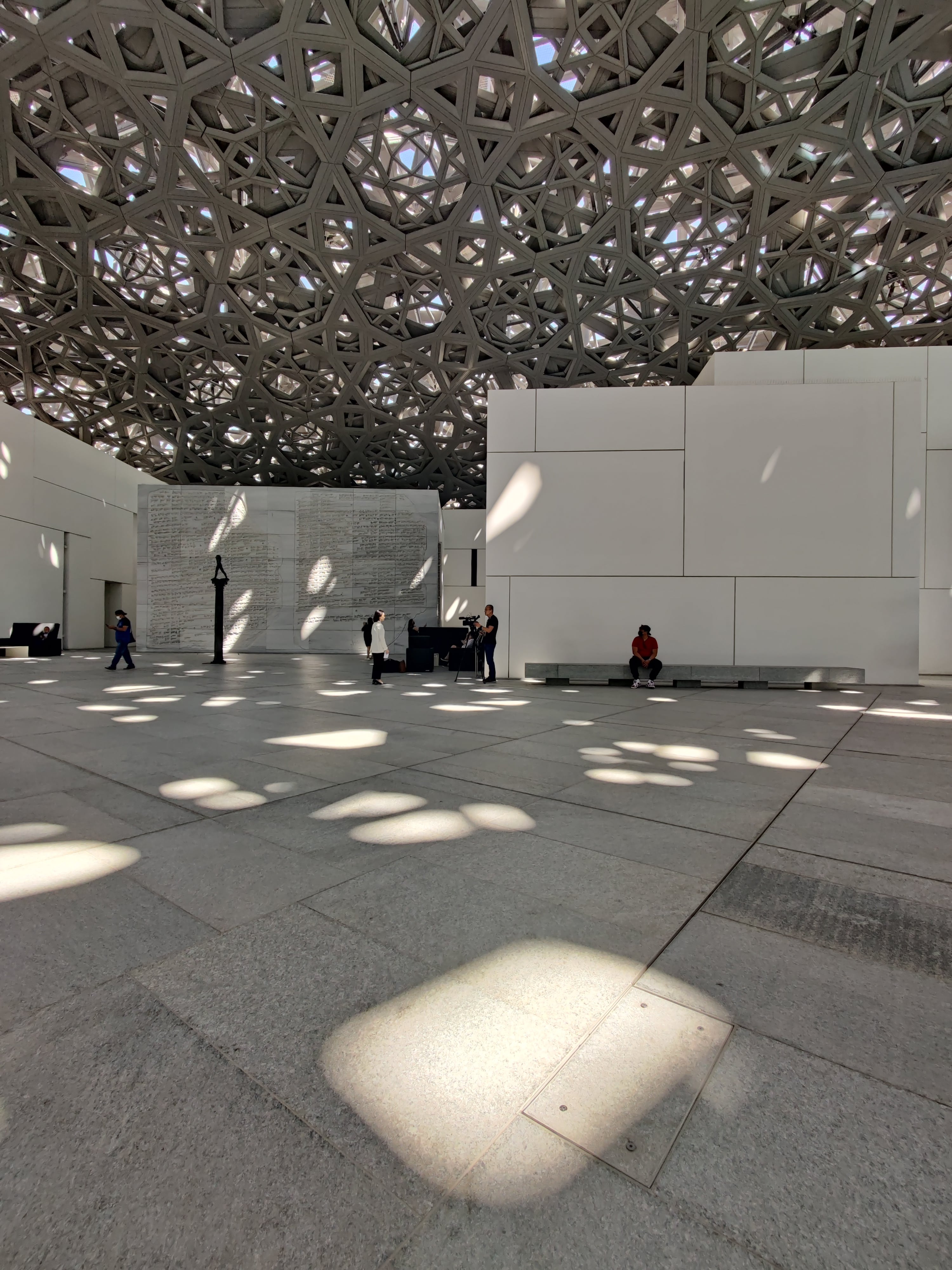
Natural light refers to sunlight or daylight that does not involve human intervention. It has been proven that natural daylight can improve our psychology well-being by increasing our serotonin levels amongst others, improve physiological wellbeing, and keep the human biological clock (also known as the circadian rhythm. Natural light also holds a full colour spectrum which makes colours and materials look their best. Proper use of natural lighting can also reduce the cost of energy consumption in a space. However, as a force of nature, it is uncontrollable and inconsistent.
Artificial lighting, on the other hand, refers to any deliberate human intervention, including candles and light sources that uses gas or electricity, initially developed to compensate and assist natural light. While more efficient and dependable, using only artificial light in a space will lead to an increase in mental and physical strain.
Can natural and artificial lighting work together?
Merging the two can create a perfect balance and support of both forms of lighting. The inclusion of natural lighting increases the physical and psychological well-being of the users in the space while artificial lighting supports by supplying additional illuminance where needed and consistency even during dim and cloudy days.
The Galleria on Al Maryah Island, Abu Dhabi
The Galleria is a luxury lifestyle shopping and dining destination located in Abu Dhabi, designed by Elkus Manfredi Architects as Design Architect and Benoy as Architect of Record. One of the main design concepts is the connectivity between indoors and outdoors that weave seamlessly to the urban environment of its surroundings. This translated to soaring floor-to-ceiling glass walls with dramatic glass roofs that offers a panoramic view of the Abu Dhabi skyline, and seamless integration of entrances and exits to the promenade at Central courtyard (The Great Room).
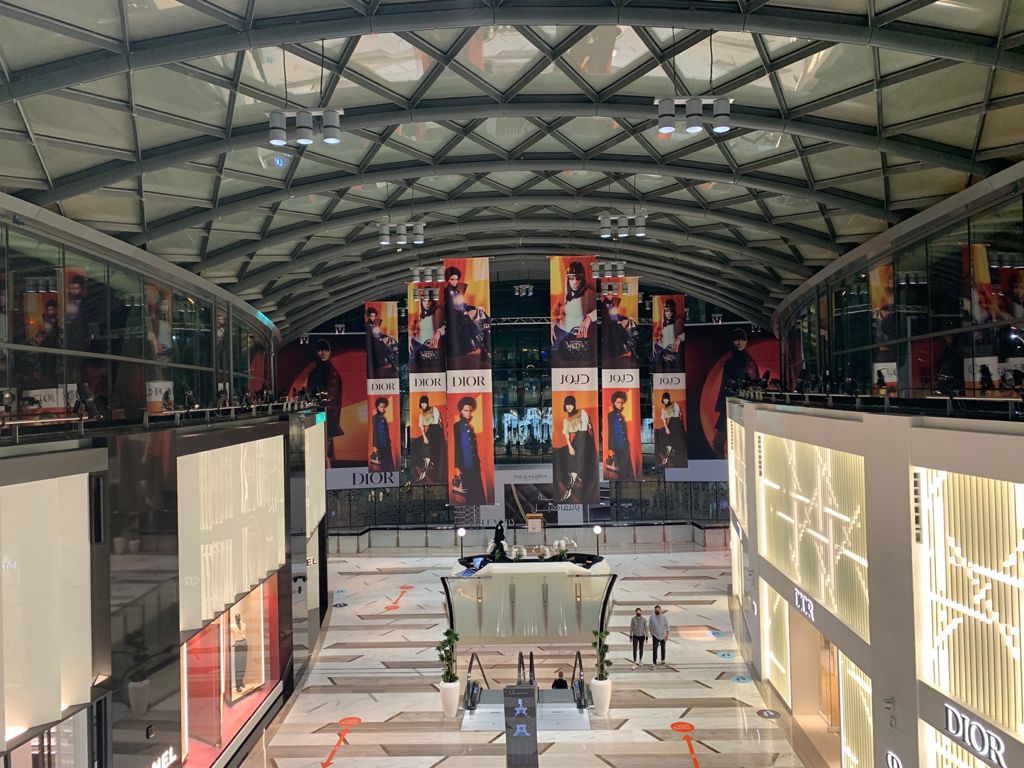
Reaching a height of 21 meters, you would think that it requires high powered artificial light to compensate for the huge influx of natural daylight. And that was how it was done initially as well. The initial lighting plan used a combination of 3 luminaires per light point throughout the space, with all fixtures using HID (High-intensity discharge) lamps in 150W each. Such luminaires are energy inefficient as the high heat emission means more energy is needed to produce light. The wide throwing angle of HID lamps also means light is not directed to target areas, resulting in spill light and higher failure rates.
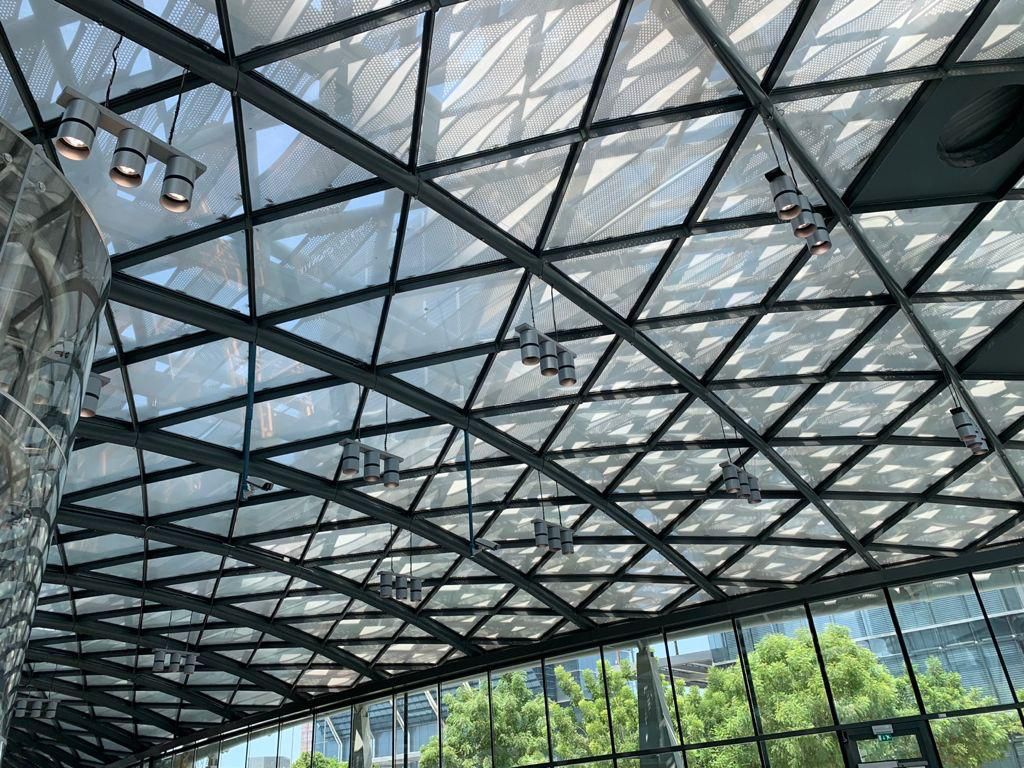
In 2021, ERCO stepped in as part of an upgradation project. The lighting design company, STEFANO DALL'OSSO chose the Atrium Double-focus in 48W and 72W to replace the existing lamps. Atrium double-focus luminaires are particularly suitable for high rooms, generating precise lighting from large heights which decrease any spill light while increasing the efficiency of each light beams. The plan of 3 luminaires per light point was kept, with the 48W luminaire sandwiched between 72W, ready to be switched on anytime as added support during the nights and on overcast days.
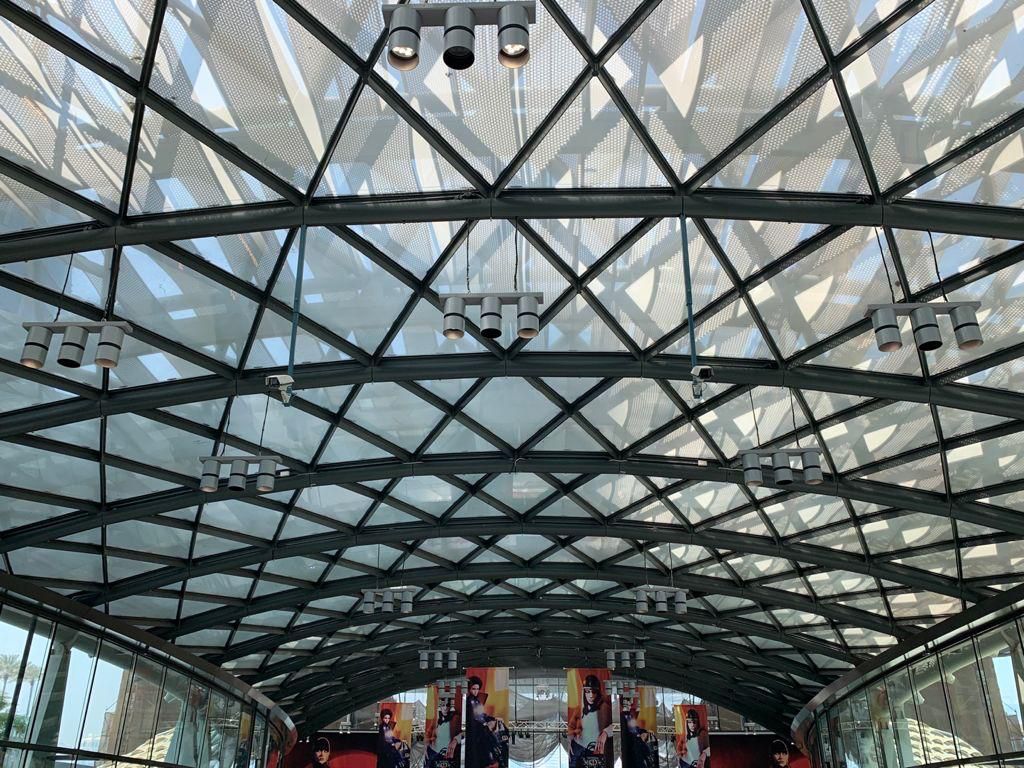
Sustainable lighting
Compared to the previous lighting solution, there is a minimum of 50% reduction in wattage per fixture. The lowered wattage means lesser energy-use and less carbon emission, without compromising on the lumens output of each fitting.
ERCO Greenology® for sustainable lighting
Light is our contribution to making society and architecture better and, at the same time, preserving our environment. We understand light as the fourth dimension of architecture – and thus as an integral part of sustainable building. Read more on how we achieve sustainability through Innovation, Efficiency, Effectiveness, and Responsibility.
How can we support you?
Allow us to approach your new project together.
Return
